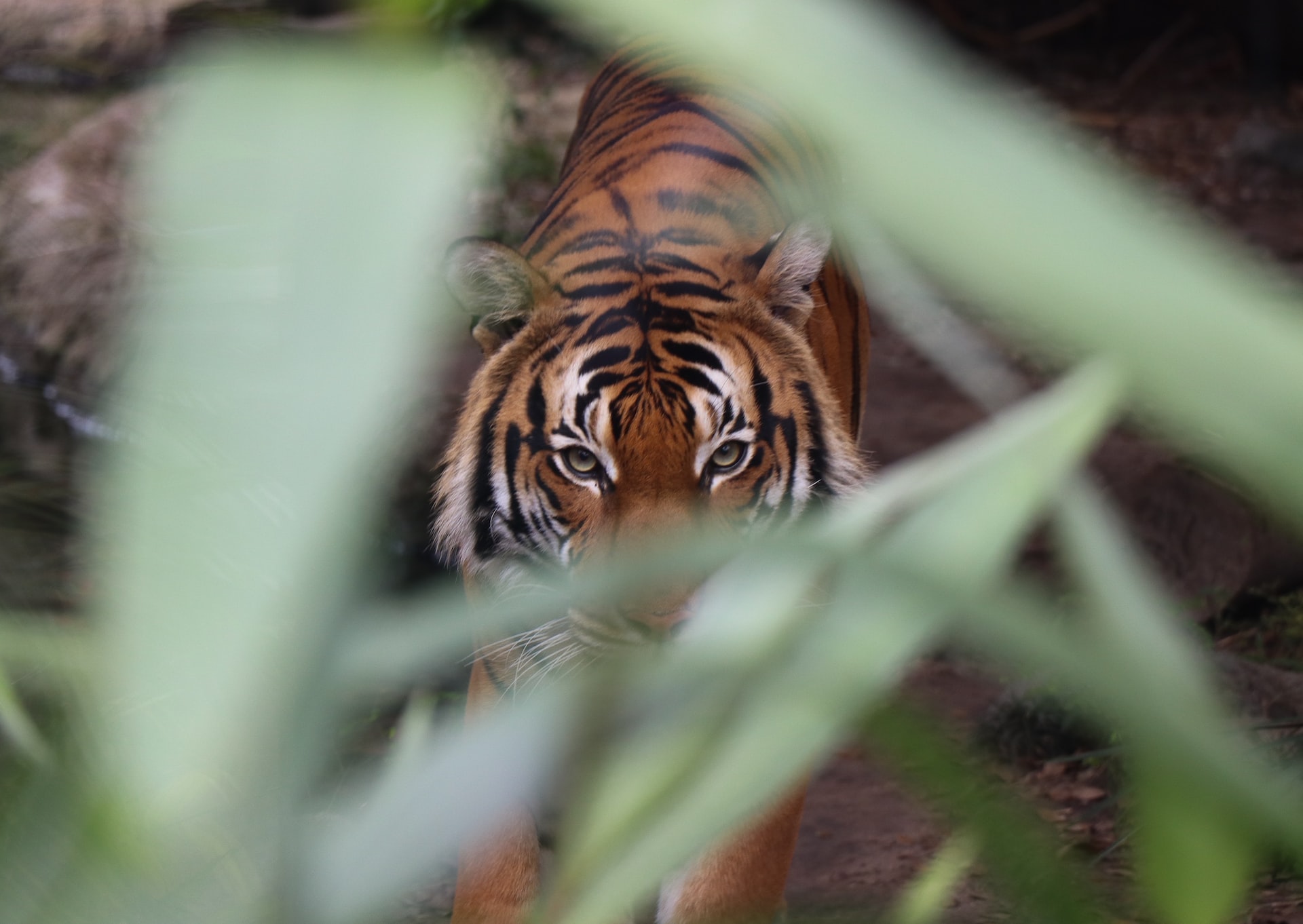How to Build AI Agents
From Code to Capability: A Practical Demo of Agentic AI in Action
In a recent Synaptiq webinar, Dr. Tim...
|
CONSTRUCTION & REAL ESTATE
|
 |
|
Discover how crafting a robust AI data strategy identifies high-value opportunities. Learn how Ryan Companies used AI to enhance efficiency and innovation.
|
| Read the Case Study ⇢ |
|
LEGAL SERVICES
|
 |
|
Discover how a global law firm uses intelligent automation to enhance client services. Learn how AI improves efficiency, document processing, and client satisfaction.
|
| Read the Case Study ⇢ |
|
HEALTHCARE
|
 |
|
A startup in digital health trained a risk model to open up a robust, precise, and scalable processing pipeline so providers could move faster, and patients could move with confidence after spinal surgery.
|
| Read the Case Study ⇢ |
|
LEGAL SERVICES
|
 |
|
Learn how Synaptiq helped a law firm cut down on administrative hours during a document migration project.
|
| Read the Case Study ⇢ |
|
GOVERNMENT/LEGAL SERVICES
|
 |
|
Learn how Synaptiq helped a government law firm build an AI product to streamline client experiences.
|
| Read the Case Study ⇢ |
 |
|
Mushrooms, Goats, and Machine Learning: What do they all have in common? You may never know unless you get started exploring the fundamentals of Machine Learning with Dr. Tim Oates, Synaptiq's Chief Data Scientist. You can read and visualize his new book in Python, tinker with inputs, and practice machine learning techniques for free. |
| Start Chapter 1 Now ⇢ |
By: Synaptiq 1 Sep 13, 2022 4:45:00 PM

Extinction is a natural phenomenon. When species go extinct due to evolutionary factors like competition, they contribute to the “normal extinction rate,” or background extinction rate. In 2015, a team of ecologists calculated the normal extinction rate to be ~0.1 species per million genera (species) per year. [1]
Today, species are going extinct significantly faster than the normal extinction rate. Human activity, including the unsustainable use of land, water, and other resources, is to blame. [2] Scientists warn that we are facing a “mass extinction,” or rapid and dramatic reduction of biodiversity. Earth has suffered five previous mass extinctions in its history — the most recent due to an asteroid strike 65 million years ago. [3]
Wildlife conservation is essential to preserve biodiversity. It can rescue species from extinction and slow or prevent ecological devastation. But sustaining the 8.7 million-plus species of flora and fauna isn’t easy. Conservationists need a helping hand, and they’re getting one from an unlikely source: artificial intelligence.
Synaptiq believes that AI is “anything but artificial.” It doesn’t have to oppose nature; we can choose to use AI-enabled technology for good — for sustaining and improving the lives of animals and humans alike. We’re excited to share the following scientific triumphs by conservationists leveraging AI for wildlife as inspiration for our mission and models for future work
Tracking Endangered Tigers with Machine Vision
Machine vision, or the use of AI to analyze visual data, can help conservationists keep an eye on reclusive, dangerous, and secluded species. In 2021, researchers from Near East University in Turkey confirmed that machine vision could aid in efforts to monitor tigers, an endangered species, with motion-sensing cameras. [4] Conservationists have long struggled to track tigers due to the species’ solitary nature. [5] Motion-sensor cameras capture tiger sightings, but it’s time-consuming to check and label the results. Machine vision software can help by screening out images that don’t include tigers, counting tigers, predicting population trends, and more.
Flagging Illegal Wildlife Trade on Social Media with Machine Learning
The illegal wildlife trade creates a market for poached goods, and social media has brought the issue online. Tech-savvy dealers exploit Internet anonymity, blending into the “crowd” on popular platforms. Conservationists are fighting back. In 2019, researchers from the University of California San Diego used machine learning, an application of AI, to flag illegal wildlife trade on Twitter. They identified 53 tweets from 38 unique users promoting the sale of ivory in just 14 days. [6] Although the ivory trade has been banned since 1990, “some 30,000 African elephants are still killed [for ivory] by poachers each year, out of a continent-wide population of about 400,000,” according to National Geographic. [7] Machine learning can help shrink the online market for poached goods.
Predicting Poaching in Wildlife Reserves with Machine Learning
Although many wildlife reserves employ anti-poaching patrols, rangers can’t be everywhere at once. Poachers who slip through the cracks kill or capture millions of animals from thousands of species each year. [8] So, Harvard University researchers created the Protection Assistant for Wildlife Security (PAWS). [9] PAWS uses machine learning to anticipate where poachers are most likely to strike — in other words, where rangers should focus their patrol efforts. In a 2021 publication discussing the tool, the researchers conclude:
[PAWS is] a robust system through which parks of any resource level can benefit
This work could help a myriad of threatened species (and the humans who care for them).

Photo by Joshua Lee on Unsplash
Synaptiq is an AI and data science consultancy based in Portland, Oregon. We collaborate with our clients to develop human-centered products and solutions. We uphold a strong commitment to ethics and innovation.
Contact us if you have a problem to solve, a process to refine, or a question to ask.
You can learn more about our story through our past projects, blog, or podcast.
From Code to Capability: A Practical Demo of Agentic AI in Action
In a recent Synaptiq webinar, Dr. Tim...
December 15, 2025
2025 was the year AI stopped being a side project and became the strategy conversation in every serious boardroom....
December 15, 2025
You’ve invested in AI. The models are live. The tools are ready. But adoption is lagging. Why?Because AI adoption isn’t...
December 5, 2025